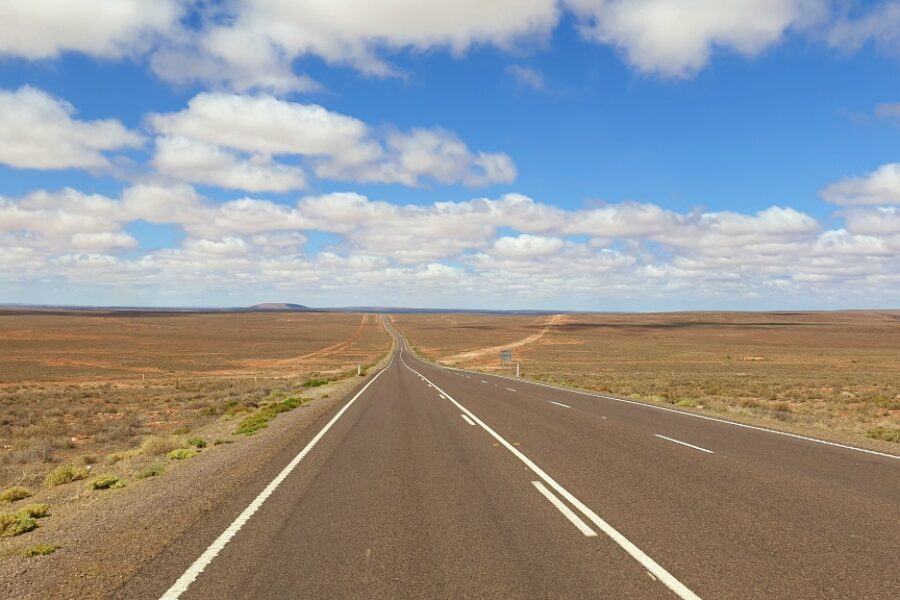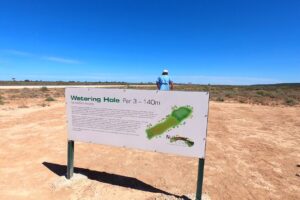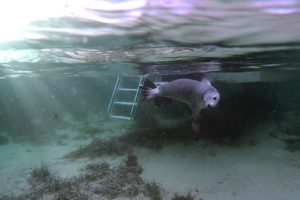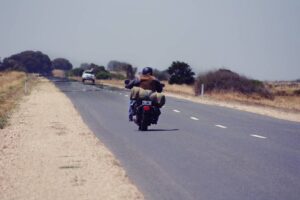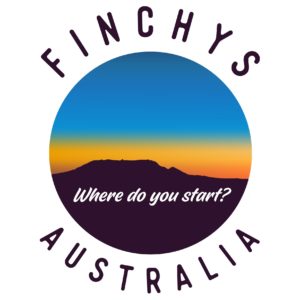A journey to the geographical heart of Australia is an experience that never gets old for me. It is debatable exactly where the heart of Australia is but for me it is the outback town of Alice Springs. Most would say Uluru. However, I see Alice as a vibrant community located in one of the world’s most isolated locations and the lifeline for central Australia, thus qualifying its status as the countries beating heart. No matter what your definition, this journey is a must.
No matter what your definition, this journey is a must.
So many times, I have travelled through the heart of Australia, either on my motorbike, in my car, motorhome or on the train.
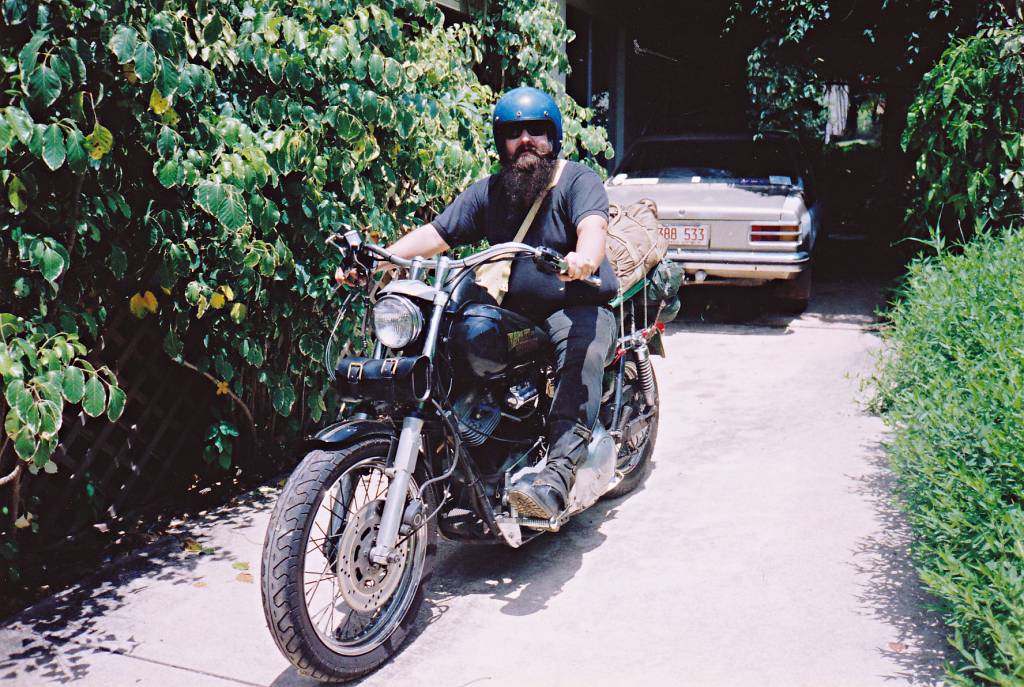
Even on one occasion in the early 90’s, I pulled a favour from a mate for a cheap flight as a ‘Passenger’ on a freight plane from Darwin to Alice Springs. Oops, I mean ‘Flight Engineer’. I think I was supposed to keep that one quiet! Later while departing the plane on the Alice Springs tarmac a bloke pulled up in a van. Whilst helping him unload the cargo I asked for a lift to the nearest backpacker’s hostel and he gave me a quizzical look.
“Aren’t you a Flight Engineer?” he asked. “So, what does a Flight Engineer do?” he said. My instant reply was “Engineer flights”. He gave me a lift, but no one was fooled by my alias that day.
Alice Springs seems to be a magnet for interesting experiences, well, for me anyway.
On one trip down the centre, Miss Linda and I stayed at a caravan park whilst passing through Alice in my 1965 primer grey HR Holden. The sign at the gate said strictly one dog only. You can imagine the look on the park managers face when I asked how strict their dog policy was and is seven pooches pushing the barrow a bit. She melted like hot butter when she saw TD and her six pups and let us proceed to our unpowered sight.
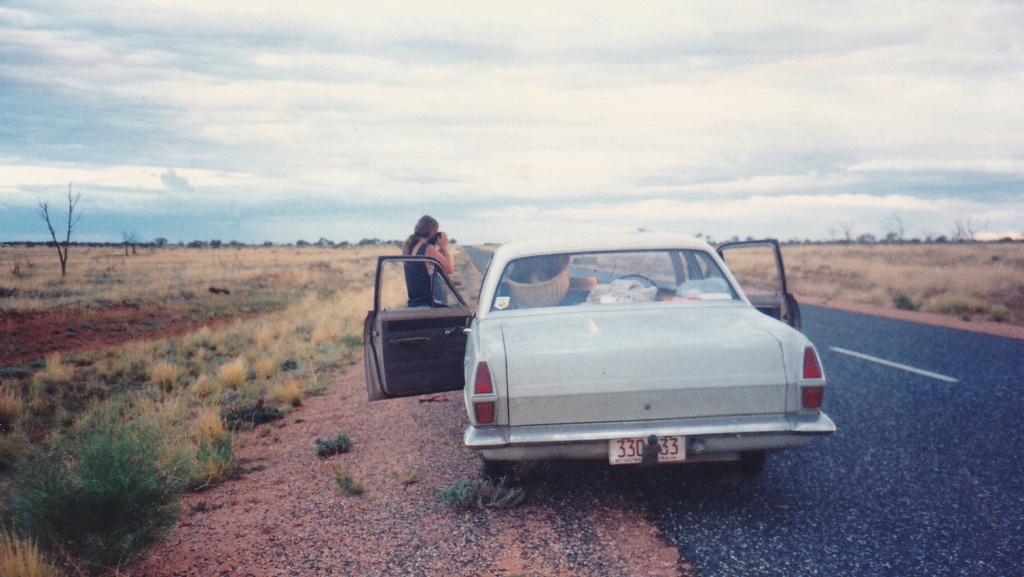
Interesting point that night was the first night we tried the pups on solid food and they gorged themselves on Weetbix and milk till they doubled in size and fell over. We thought, “Shit we have killed the little blighters,” but our fears were alleviated when they eventually regained composure and returned to their paws waddling around like tubby little four-legged penguins.
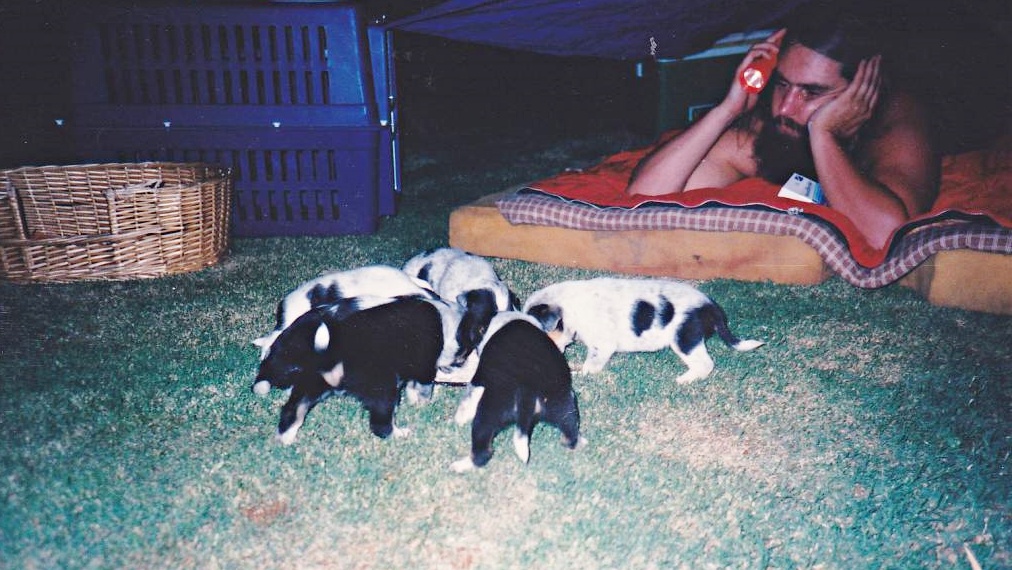
The real story here is the journey, if a traveller wants to get a feel for what Australia’s interior is like the trip to Alice Springs is a must. People with little or no outback experience can do this trip in a standard vehicle if they use a little common sense. There is always some degree of risk, preparation and planning involved for any trip into central Australia, but if you have an urge to experience great open expanses, unique characters and places then take a drive to Alice Springs.
When leaving for Alice from Adelaide my first hot tip would be make sure your vehicle is in good order.
Tyres, cooling system and basic spares like fan belts should be thrown in. You never go to remote outback areas without some extra water and a mechanically sound vehicle.
In saying this I remember pulling the entire exhaust system off the above-mentioned HR Holden on the side of the road somewhere near the Uluru turn off. It was around 40 degrees Celsius in the shade and the extra water we were carrying paid off. The six puppies didn’t seem to mind they were all lying in muddy puddles cooling off like they were poolside at a luxury resort.
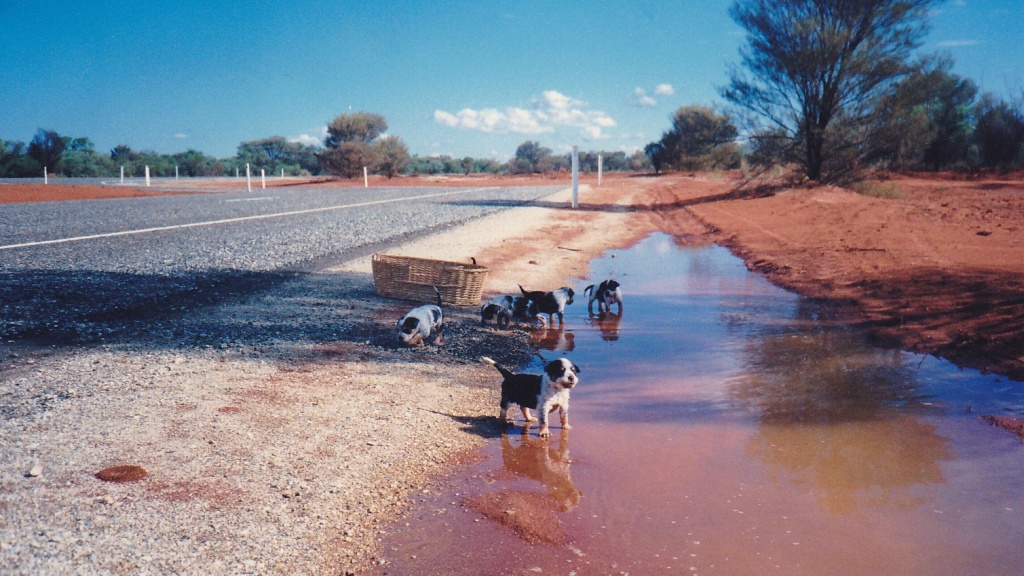
I haven’t lived in Alice, I’ve always been just passing through, a real-life oasis in the outback. An oasis that has left me with a multitude of hilarious encounters and stories. Stories like the time I had two plain clothed police detectives in suits push-starting my Harley through the central business district on a stinking hot Alice day or staying at an outlaw motorcycle club whilst waiting for parts. Hmmmm! Big night that one.
Then there was the night I caught up with an old mate in 1988 and a group of young fellas tried to rob us both, demanding our wallets when we were leaving the pub at closing time. “No worries, all yours lads, we’ve drunk them dry though”. My mate and I saw the funny side of it all and between the banter and laughter the assailants fled empty handed thinking they just had a close call with a couple of bonified loonies, as in fact, we were drunkenly yelling out to them, “Where you going, you forgot to take our wallets”.
I may have done some careless and ill prepared travel in my younger days which makes for some good yarns now but it’s also why I know being prepared is a good thing. If something does go wrong out there, be prepared to get the moths out of your wallet because recovery and/or repairs will cost you. It is called the Harsh Outback for a reason and the weather extremes play a big part of the harsh aspect. The country is extreme and so can the weather be. Hot, cold, storms and even floods can all be a part of the journey to the centre of Australia.
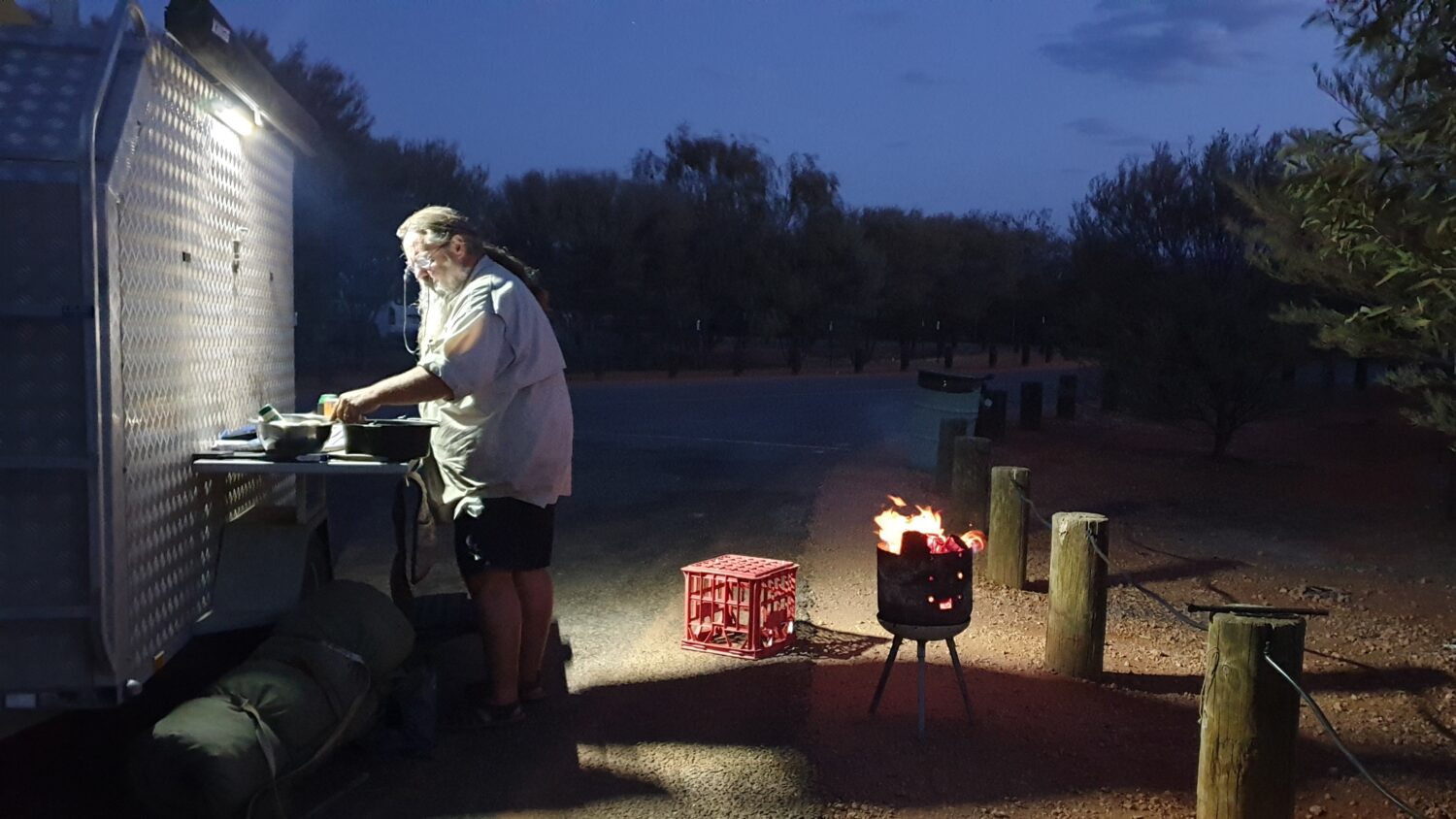
For me you start to get that outback feeling when you depart Port Augusta. The surrounding country begins to change color, the red ochre dirt contrast with the increasingly sparse vegetation all framed by the ancient Flinders Rangers that fade into the distance. A stopover at the Arid Lands Botanical Gardens situated just past the Darwin turn-off as you head North on the Stuart Highway is well worth a visit. The gardens are superbly set out and a wealth of information as you start your journey into the outback.
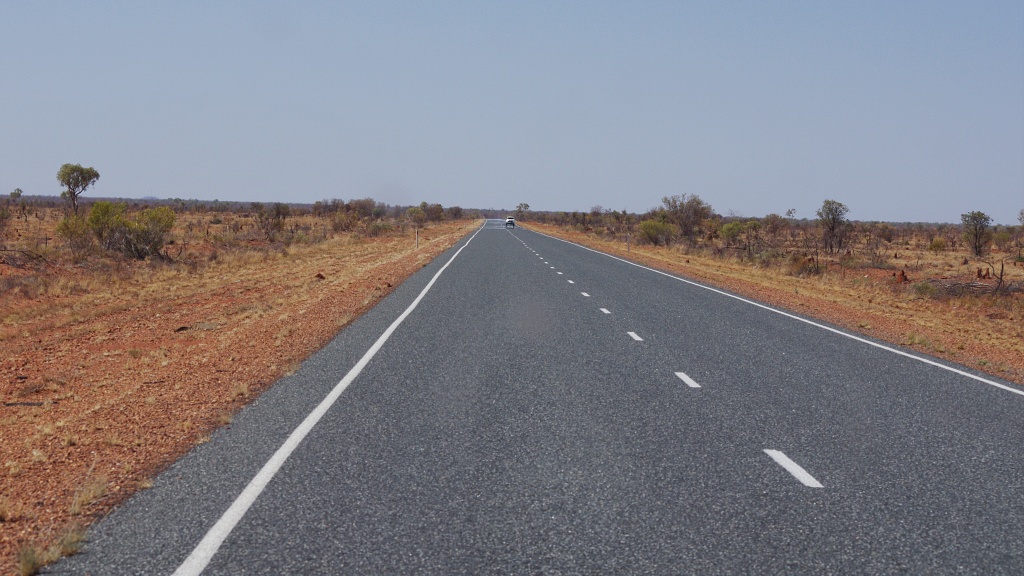
Even the Alice Springs/Darwin turnoff at Port Augusta holds some special memories for me. It was at this exact intersection on one trip that I sat pondering, Perth or Darwin? After an in-depth pros and cons discussion with TD (Tara Dog) who was perched on the tank of my motorbike and looking a little confused, I still couldn’t decide. So, I let the coin decide. Tails the Territory, heads WA and Perth. Heads it was and I remember an overwhelming feeling of freedom at that moment.
Leaving, said intersection, you are now heading to your first real remote town Pimba and the infamous Spuds Roadhouse.
The definition of what constitutes a town, changes when you head to the outback. Even the smallest Australian town conjures images of at least a general store, maybe a town hall and a pub. Not out here, until you get to Alice Springs towns become not much more than a roadhouse. A service station which generally consist of petrol bowsers, a restaurant, a bar and limited ‘Donga’ style accommodation.
Most roadhouses have camping and powered sights with an ablution block out back. All this is set to the soundtrack of passing road trains and the constant hum of the diesel generators somewhere in the distance, powering the whole shooting match. Coober Pedy is the exception to this but then again nowhere is like Coober Pedy.
The Olympic Dam Highway and Stuart Highway intersection is situated near Spud’s Roadhouse and it is well worth taking the turn and doing the short drive to Woomera. Woomera gives you a real feel for the days of secret rocket science and remote US bases from the cold war days and beyond. There was a lot going on out here and fascinating places like Woomera give you the feeling that there is a lot more we don’t know about.
The outback interior of Australia always seems to throw something at you.
Something that can take your breath away. This is the reaction I have to the vast salt lakes that begin to appear between Pimba and Glendambo. Island Lagoon and Hart Lake seem to go on forever and the sheer size, harshness and remoteness of this country really starts to hit home. I have camped next to my bike in my swag on the edge of these lakes and the whole experience is etched in my mind especially at sunset and sunrise.
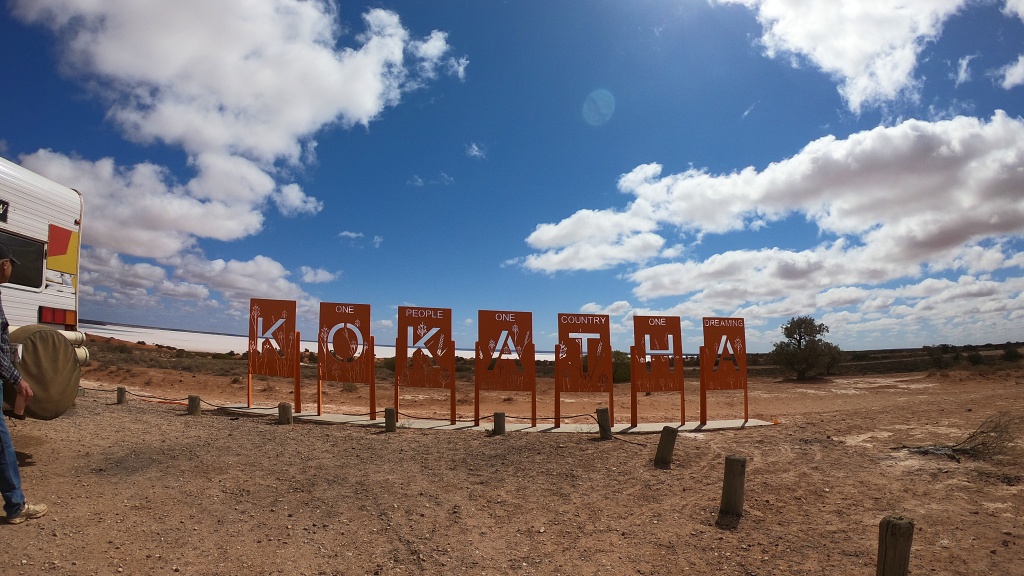
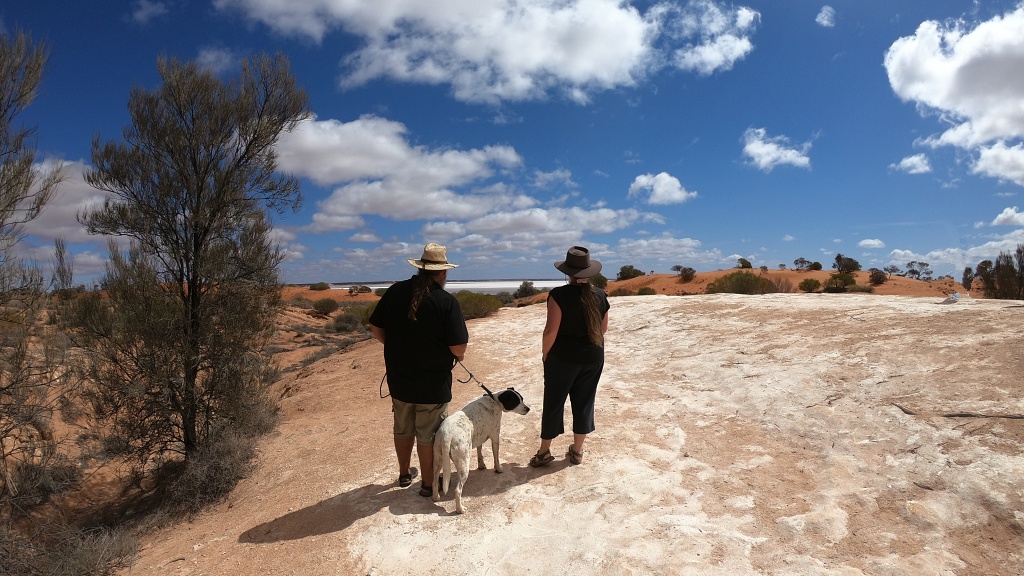
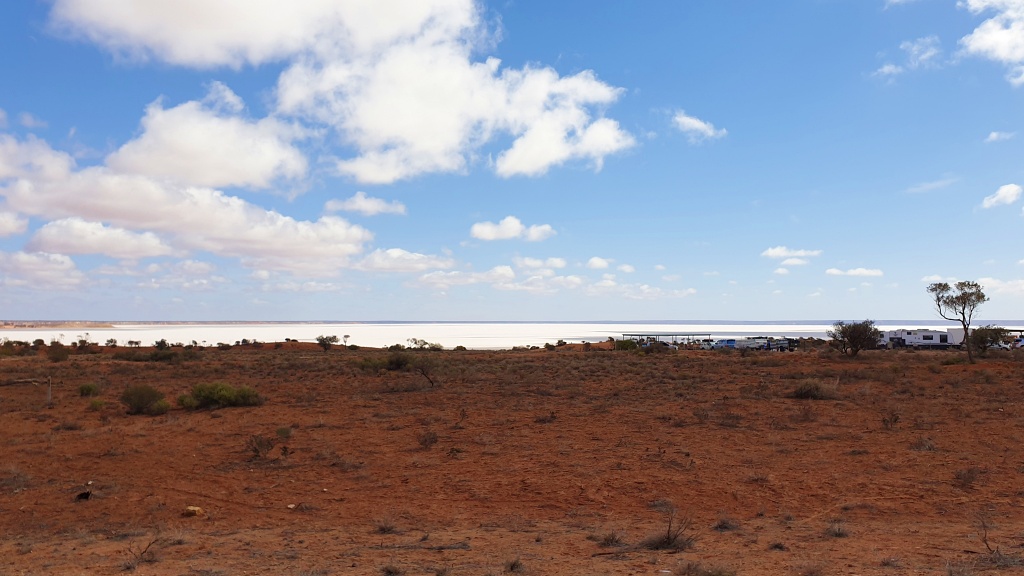
Glendambo is a must stop, if not only for fuel, as the next stopover is Coober Pedy and that is 254km away. It is also an interesting hub for the surrounding station country. Some of the sheep and cattle stations out here are the size of some small European countries and the roadhouse is decorated with interesting station information and memorabilia.
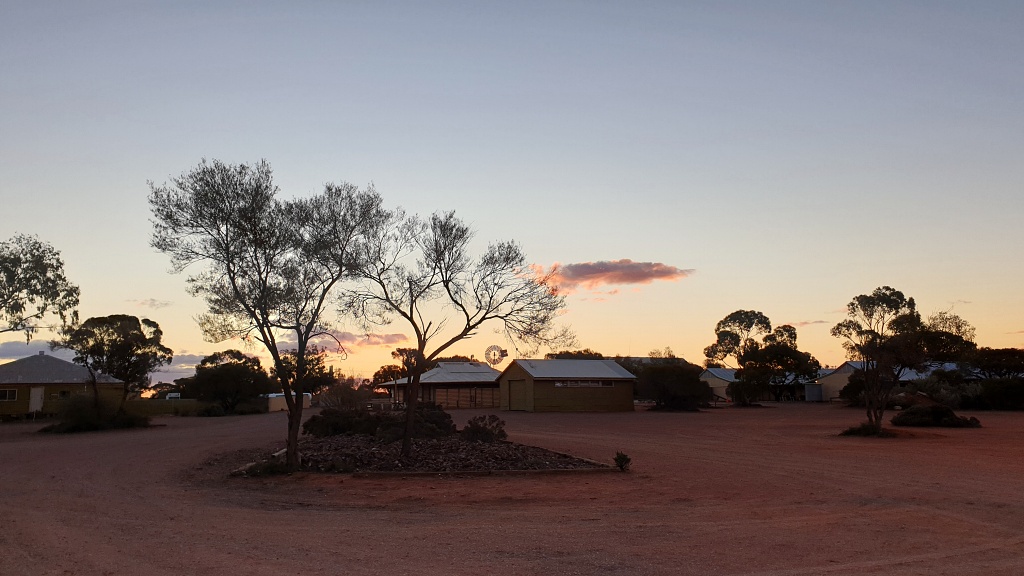
The ‘Opal mining capital of the World’, Coober Pedy is the next stop on the highway, and stop you must. I have always traveled with the moto “slower is better”. If you are travelling to these remote areas why not give yourself enough time to experience what these areas have to offer and Coober Pedy has plenty.
Everyone has heard of the lunar like landscape and it is, nearly surreal as you drive in and out of Coober Pedy. But the town has a lot more to offer than just it’s landscape. Coober Pedy is a snapshot of the unique people and characters who have improvised and forged a living from this sometimes desolate and always harsh country. These characters are still there and not hard to find and I can guarantee you will not come across another town like Coober Pedy in your Australian travels.
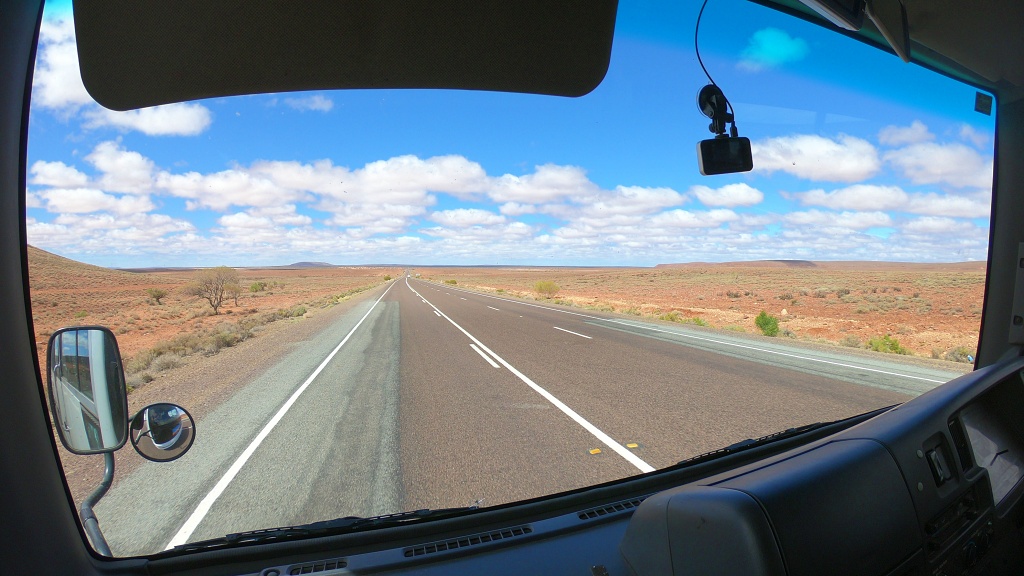
Coober Pedy is just over halfway to Alice from Adelaide. It’s 848km if you turned back to Adelaide or 687km if you continue on to Alice and the remaining towns such as Marla and Kulgera are pretty much just a roadhouse. I love roadhouses and find myself stopping at them all. They are a magnet for interesting people, whether they work there, have been there most of their life, are workers from surrounding stations or travellers passing through.
You will always come across fascinating people with equally fascinating stories at an outback Australian roadhouse.
A word of caution, the area surrounding Marla is renowned for wild horses and I have had my fair share of close calls. The last trip Miss Linda and I did through the center we were in ‘Fork the Bus’ and several wild horses ran straight out in front of us. It was around two in the afternoon and to this day I don’t know how we missed them. I can still see the terrified look in the Brumby’s eye in the windscreen in front of me and I suspect he remembers the same terrified look in mine.
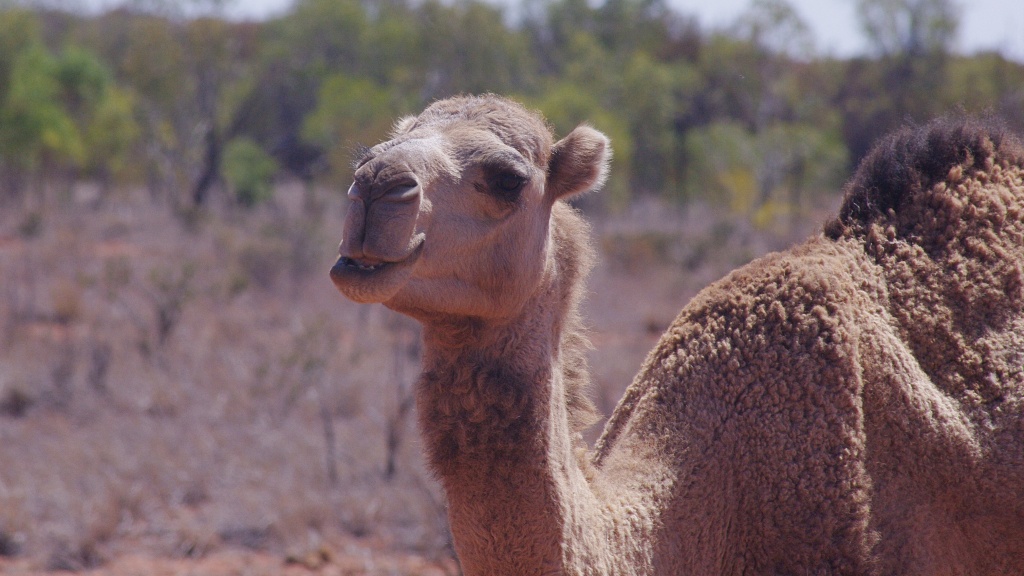
It is worth noting to the novice outback Highway driver that there is plenty to look out for on these roads. Unfenced stations can lead to close calls with sheep and cattle but you also have plenty of kangaroos, camels, emus and wedgetail eagles. It is a fairly common sight to see a wedgy feasting on roadkill and if you do, remember it takes them a long time to take flight when they have gorged themselves. You need to slow down or there is areal chance you will create more roadkill. There is one simple rule to add to this caution: DO NOT TRAVEL AT NIGHT!
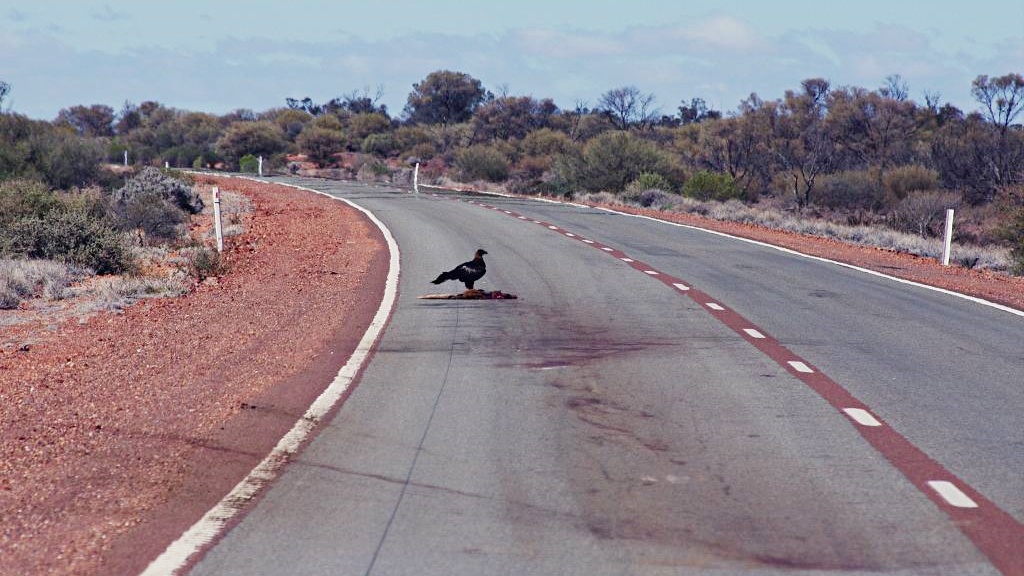
The border crossing is a great photo opportunity and also has free camping areas and it is well worth a stop at nearby Kulgera roadhouse for your first or last beer in the Northern Territory. As you travel North to Alice the surrounding country shows subtle changes as you head through the outback landscape and I often wonder how the hell did our pioneers first open up this vast land, yet the first nation aboriginals thrived out here. It is easy now with roadhouses and a good bitumen road but it hasn’t always been this way.
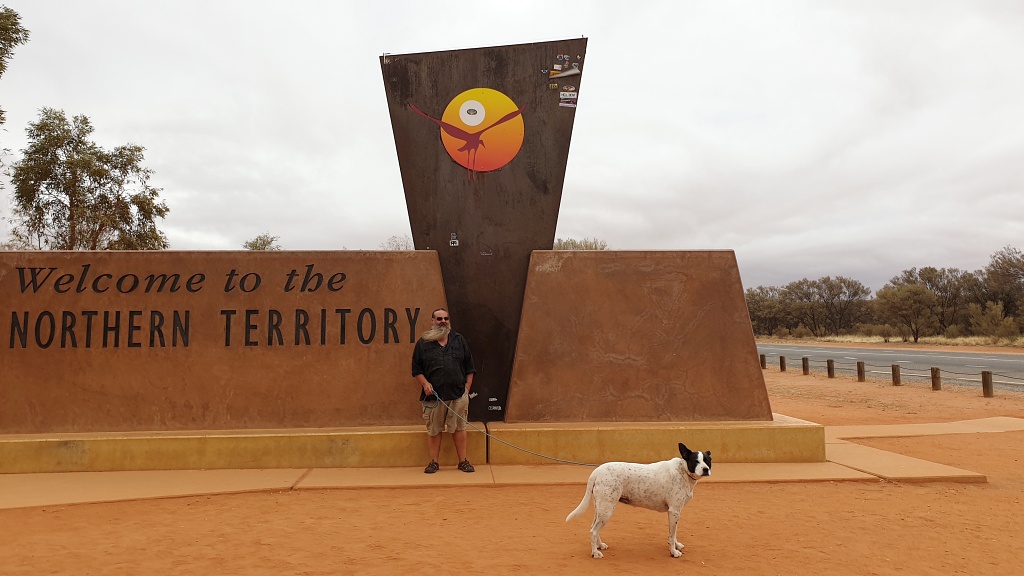
When you finally arrive in Alice Springs the first thing you notice as you drive in from the South is the spectacular cutting that both the road and rail pass through. This nearly symbolizes entering the oasis that is Alice. Once again give yourself time to have a look. The MacDonnell Ranges, Anzac Hill, Simpson Gap and Stanley Chasm are just a few must see, not to mention Uluru and the Olgas just down the road.
Talking about time to have a look, if you are travelling from Adelaide to Alice and back it is well worth mixing up the Adelaide to Port Augusta leg of the journey. I find this part of the trip tedious and sometimes dangerous and I have never been a big fan. It is a very busy road and I have had more close calls on this section of highway than any other. Admittingly I frequently drove a bus on this stretch when I was a tour guide for Nullarbor Traveller and it was often after three weeks on the road and I was tired, but there is a great alternative.
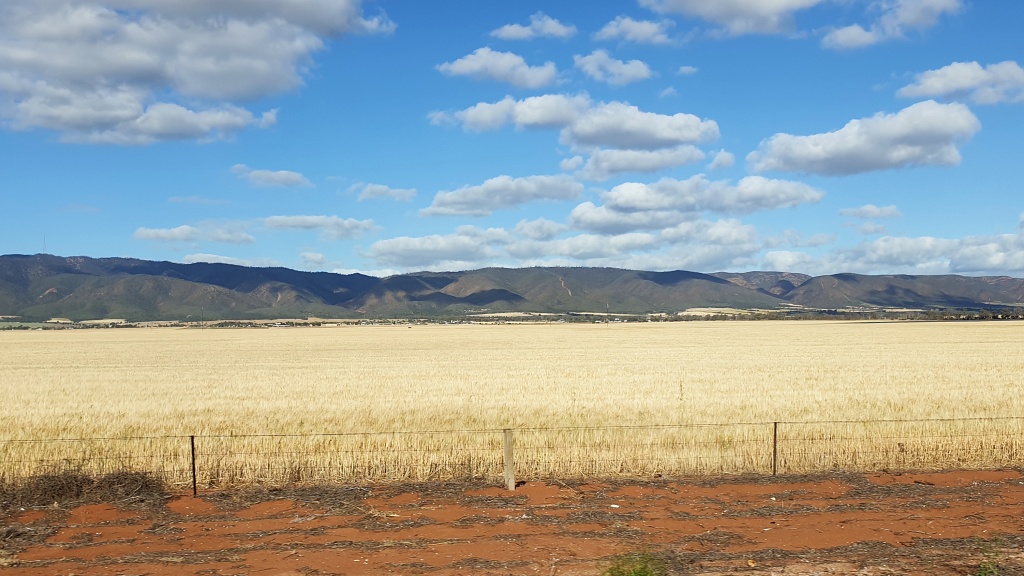
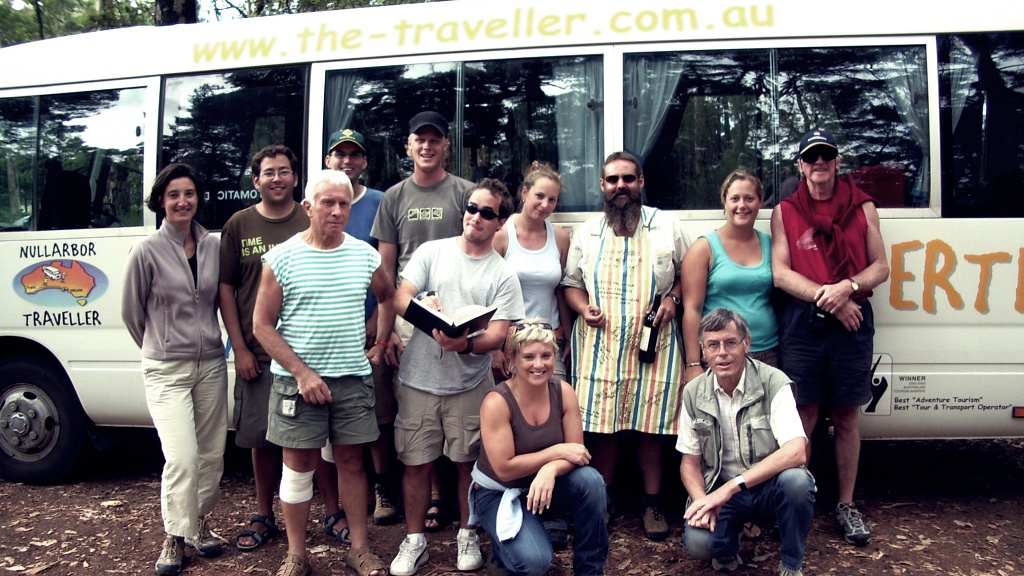
Try venturing to the Eastern side to the Southern Flinders Ranges on your trip to (or from) Alice Springs. There is less traffic and heaps to interest the curious traveller. Instead of heading through Port Wakefield to Port Augusta, try heading up through the Clare Valley wine region and onto places like the picturesque town of Melrose, nestled at the base of the Southern Flinders.
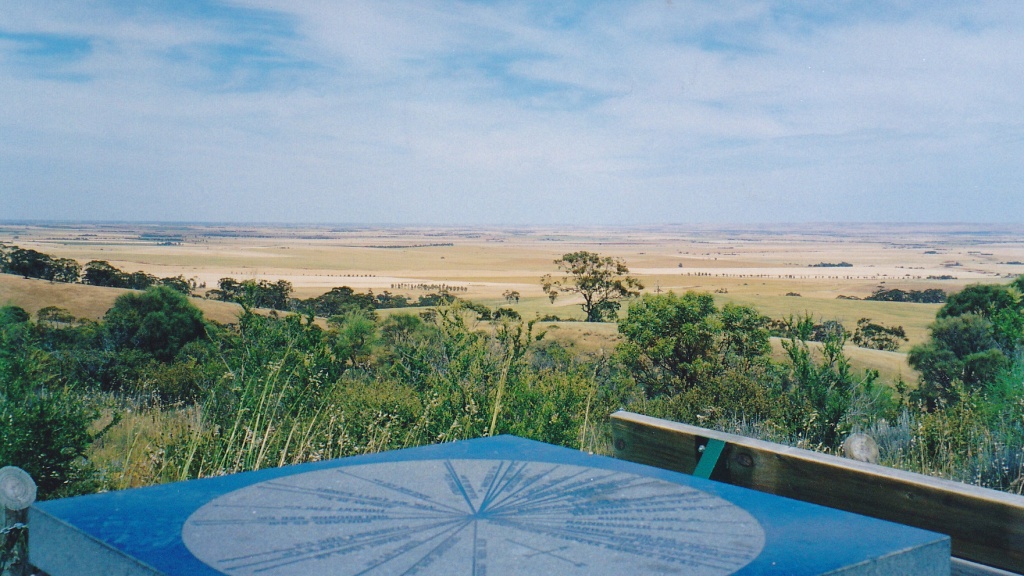
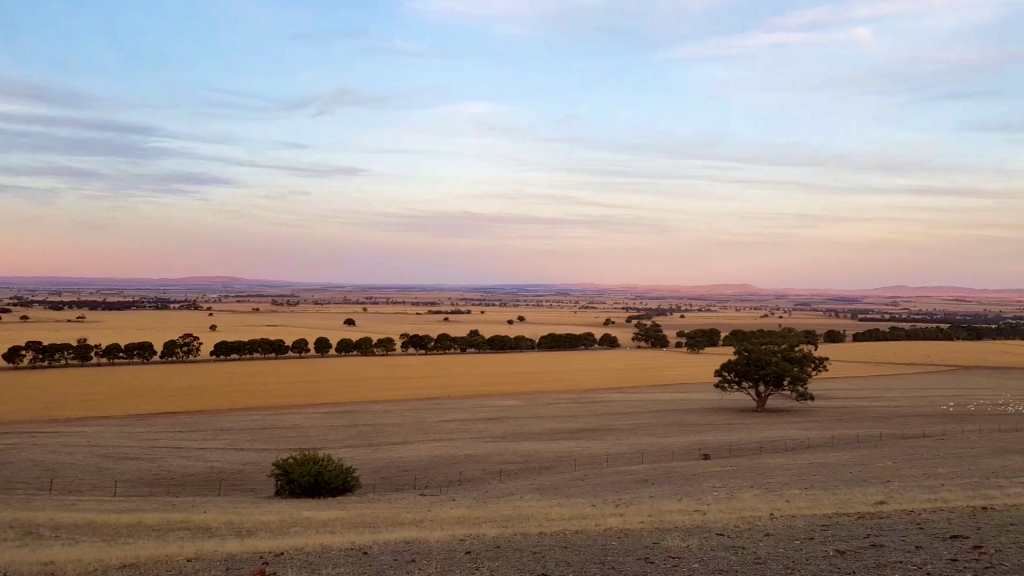
As you follow the ranges the towns you travel through become an experience of pioneering history and are full of quirky points of interest. For example, I highly recommend a stopover at the Toy Museum at Wilmington. This place is incredible and I had to drag myself out the door vowing to return to once again enjoy this unbelievable collection.
When you leave Wilmington, you soon find yourself on the magnificent Horrocks Pass which undulates and winds its way down through the impressive Flinders Ranges and rejoins the main highway a little south of Port Augusta. If you find yourself on Horrocks Pass it is a must to take the turn off to Hancock’s Lookout. There are no better views of Spencer Gulf and the surrounding ranges and plains. Camping here is allowed and the sunset views out over the gulf are nothing short of magnificent.
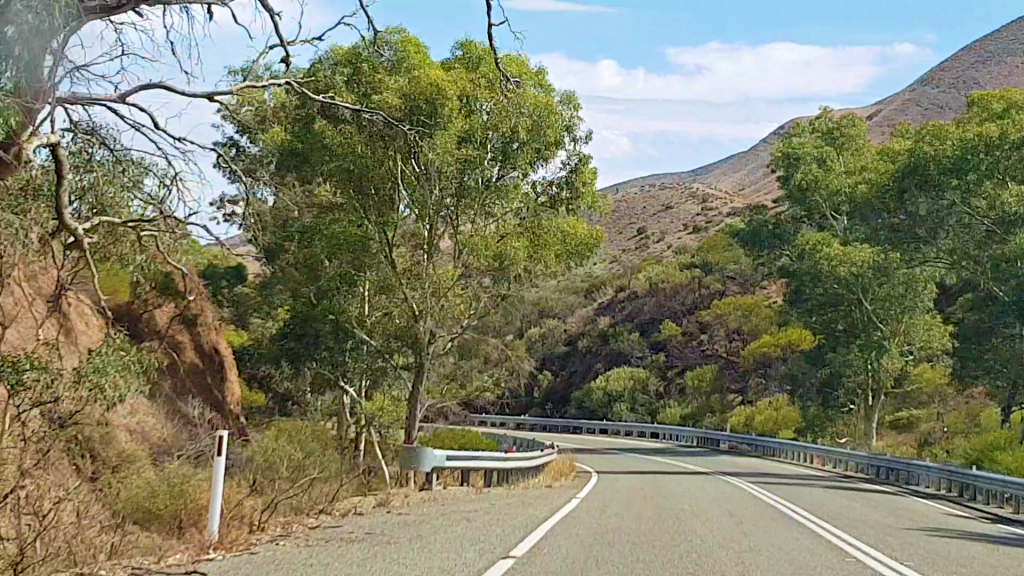
I have heard people say “There is not much out there” and I feel a little sad for them. They must have blinkers on or they just don’t see it for what it is. Central Australia is Outback Australia and all the ancient beauty that comes with that title. The endless landscape is an ancient geological marvel forged by the harshest of conditions and passing of time. This land that has been occupied but never tamed has a rich Aboriginal culture and pioneering history that we are privileged to be able to experience as we travel to the Arid Heart of Australia.
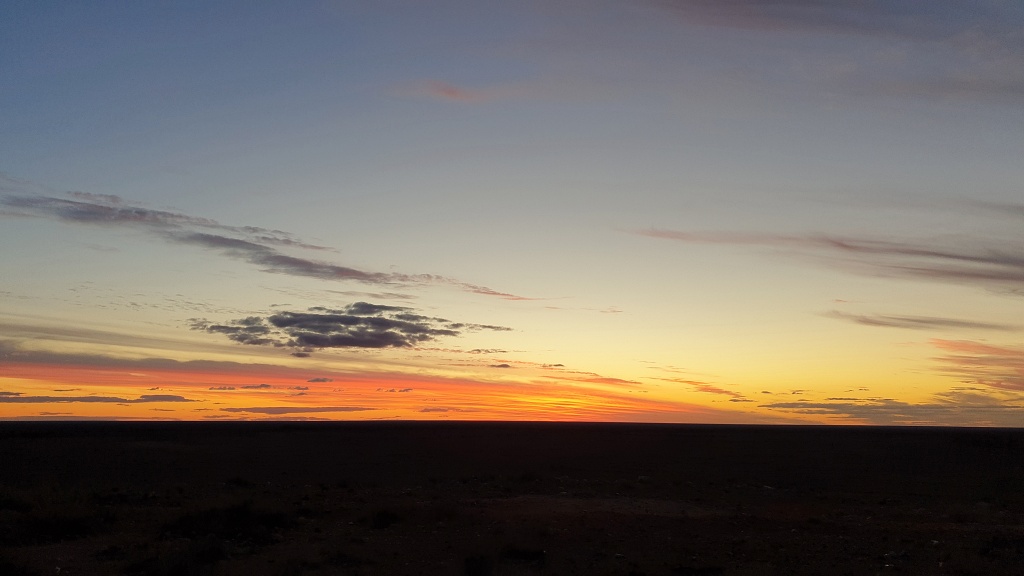
Read all about Nullarbor Traveller here >>> Crossing the Nullarbor is truly one of Australia’s, and probably the world’s great road trips. When I was working as a tour guide for a fantastic company, Nullarbor Traveller, I began each tour with the same heart felt line. I would greet the eager and sometimes apprehensive passengers from all over the world with “ Welcome to one of the great road trips. This will be a journey of extremes, extreme distances, extreme weather, sometimes extreme flies but it is always extremely beautiful and extremely unique”.

